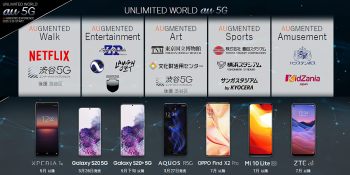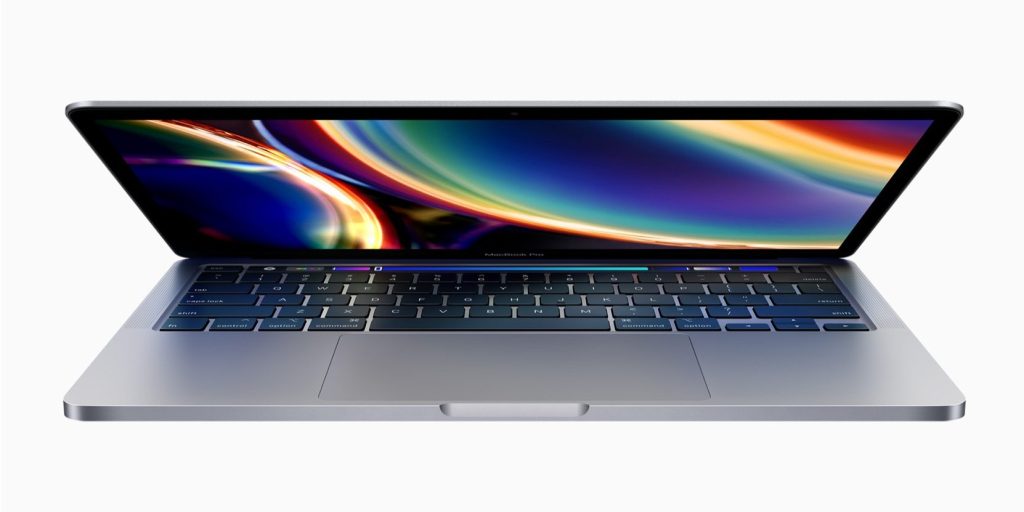

Apple’s virtual WWDC20 will begin on June 22

Guest
Emotion detection is a hot ask in marketing, but the tech just isn’t ready yet

VB Live
Why financial services need to make customer advocacy a priority (VB Live)

HTC launches Vive Sync app to let remote teams collaborate in VR
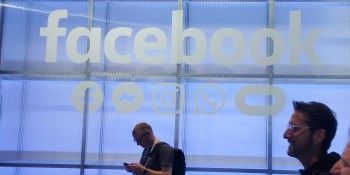
Facebook apps now used monthly by more than 3 billion people
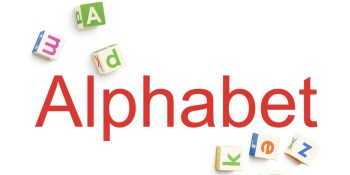
Alphabet reports $41.2 billion in Q1 2020 revenue: Google Cloud up 52%, YouTube up 33%, and Other Bets down 21%

Opinion
Apple Watch at 5: Essential for health, nice for work, bad at faces

Opinion
ProBeat: As Google Shopping challenges Amazon with free listings, fraud is inevitable

Google plans to verify all advertisers

Trustpilot: Confidence in consumer reviews dips amid censorship and fake news

Facebook removes pseudoscience ad targeting category

Google launches Android 11 Developer Preview 3 with app exit reasons, ADB Incremental, and wireless debugging

Peak.AI raises $12 million to bolster enterprise AI adoption

Snap jumps 20% as coronavirus spurs use in Q1 2020

Adverity raises $30 million to collect, prep, and analyze marketing data
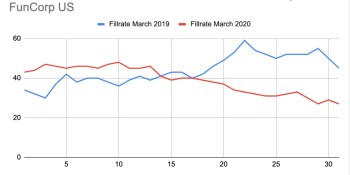
FunCorp: Mobile ad revenues fell 50% during March as the pandemic grew

Australia to force Facebook and Google to share ad revenue with local news outlets

Lucid raises $52 million to grow its web-based visual workspace for remote teams

Uber embraces ‘dumb’ phones in search for revenue

Edited raises $29 million to optimize product pricing with AI

Guest
Coronavirus could mark the beginning of ‘societally safe’ product design

VB Webinar
Short-, medium- and long-term strategies for SMB survival (VB Live)
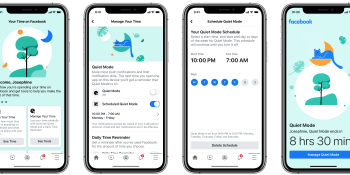
Facebook launches Quiet Mode for muting alerts and scheduling downtime

VB Live
Driving customer advocacy in an uncertain economy (VB Live)

Online meal delivery market suffers due to coronavirus crisis

Shippo raises $30 million to make shipping packages easier for ecommerce companies

Bringg raises $30 million for a logistics platform that helps companies compete with Amazon

Glassbox raises $40 million to track customer journeys with AI

Quibi risks mobile video platform launch amid quarantine and economic turbulence

U.K. debunks 5G-coronavirus link after conspiracy theorists burn cell tower

Facebook launches Messenger app for Windows and MacOS globally

Feature
How coronavirus is boosting booze, weed, and other vice industries

VB Live
Going digital is the fastest way to grow an SMB (VB Live)

Facebook says coronavirus is impacting advertising sales even as user engagement grows

VB Live
Customer advocacy: The secret engagement weapon for fintech firms (VB Live)

Yelp and GoFundMe partner to help you save your favorite local businesses from coronavirus impact

EU wants Facebook, Google, Amazon, and others to crack down on coronavirus scams
